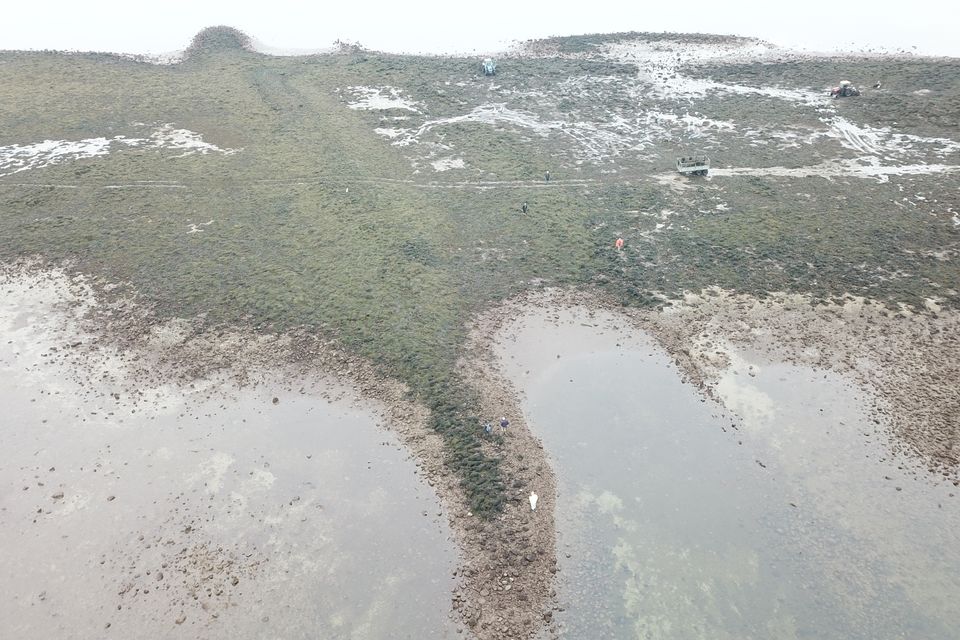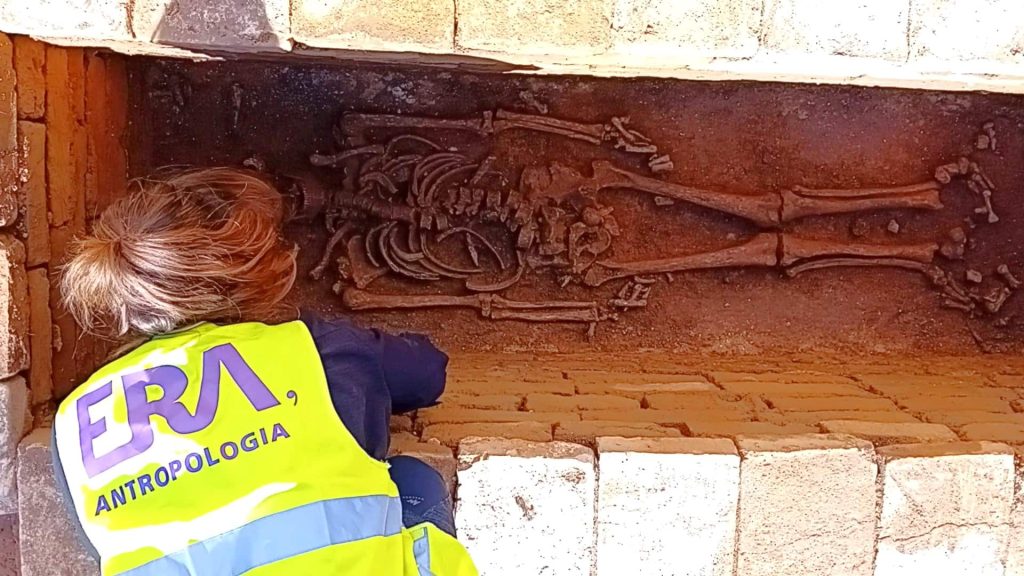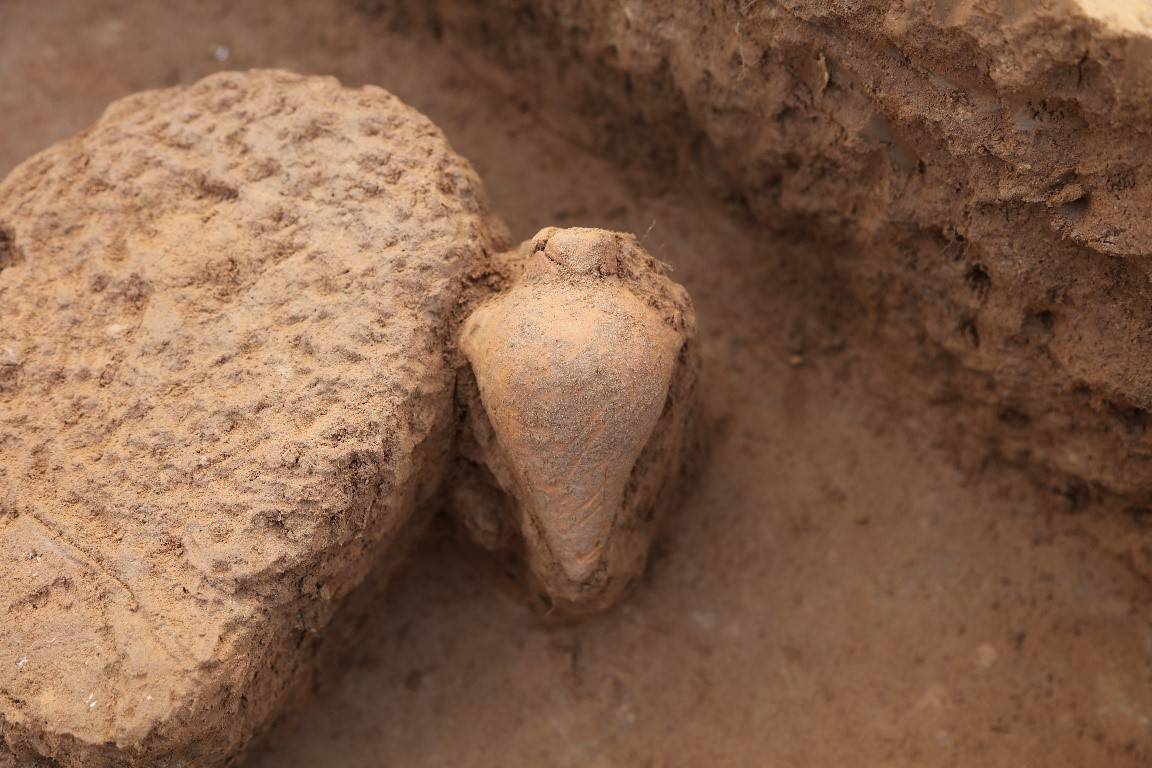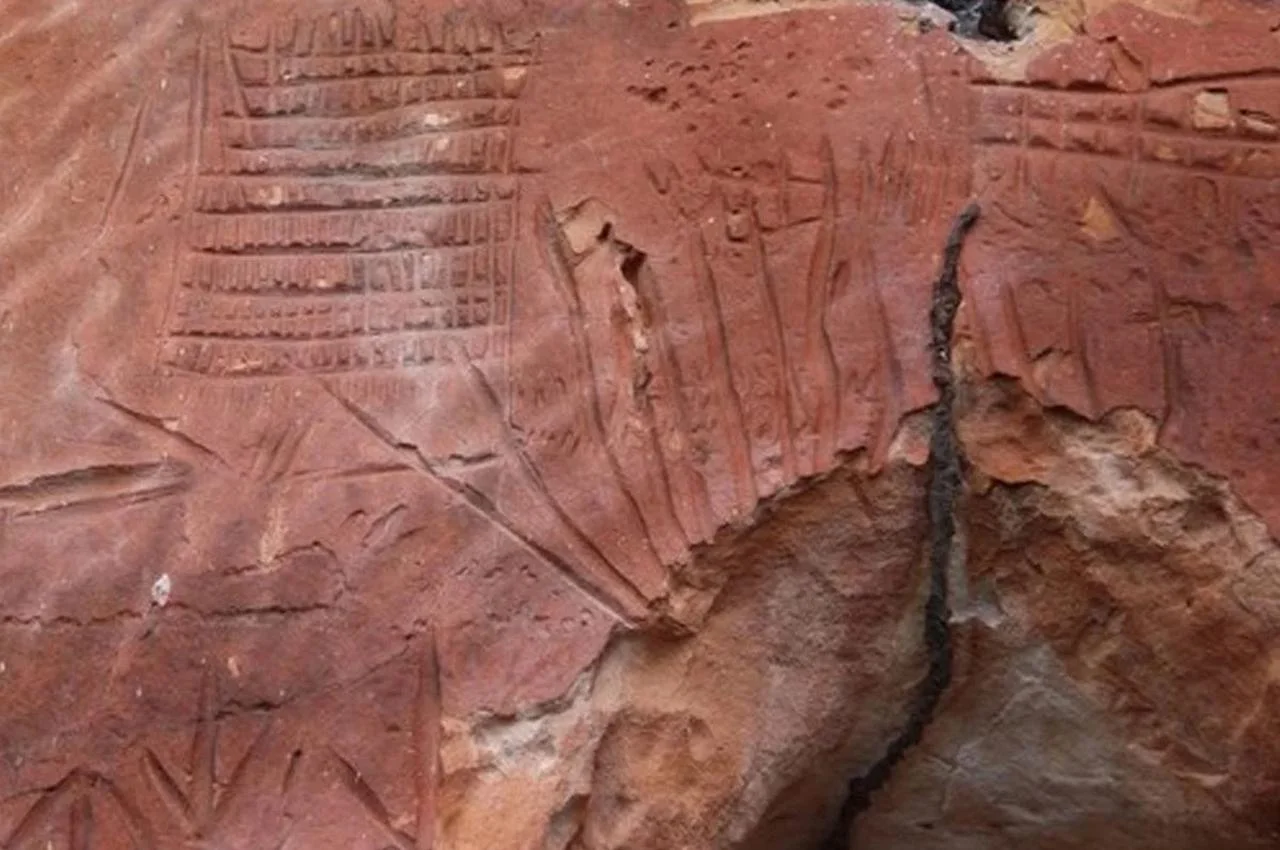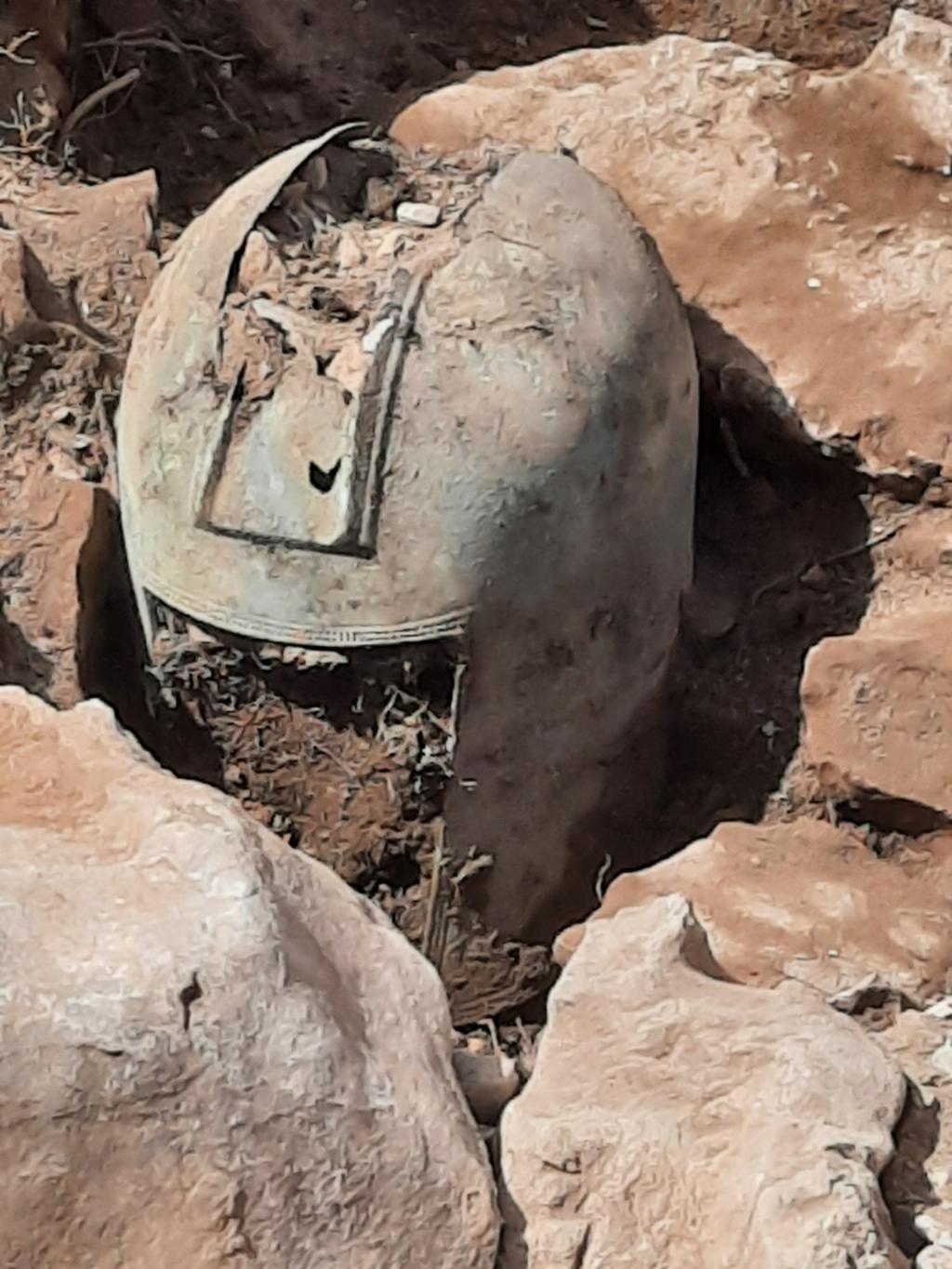The largest burial mound of its kind, 5300 years old, was unearthed during a highway construction project in the Czech Republic.
Czech archaeologists have described the burial mound as one of the largest of its kind in Europe.
The discovery was announced on June 19 on the Facebook page of the Department of Archaeology at the University of Hradec Králové.
Archaeologists said that during rescue archaeological investigations along the D35 highway Plotiště-Sadová route, they found a long mound in work section No. 6 at the turn of the cadastral areas of Dlouhé Dvory and Lípa.
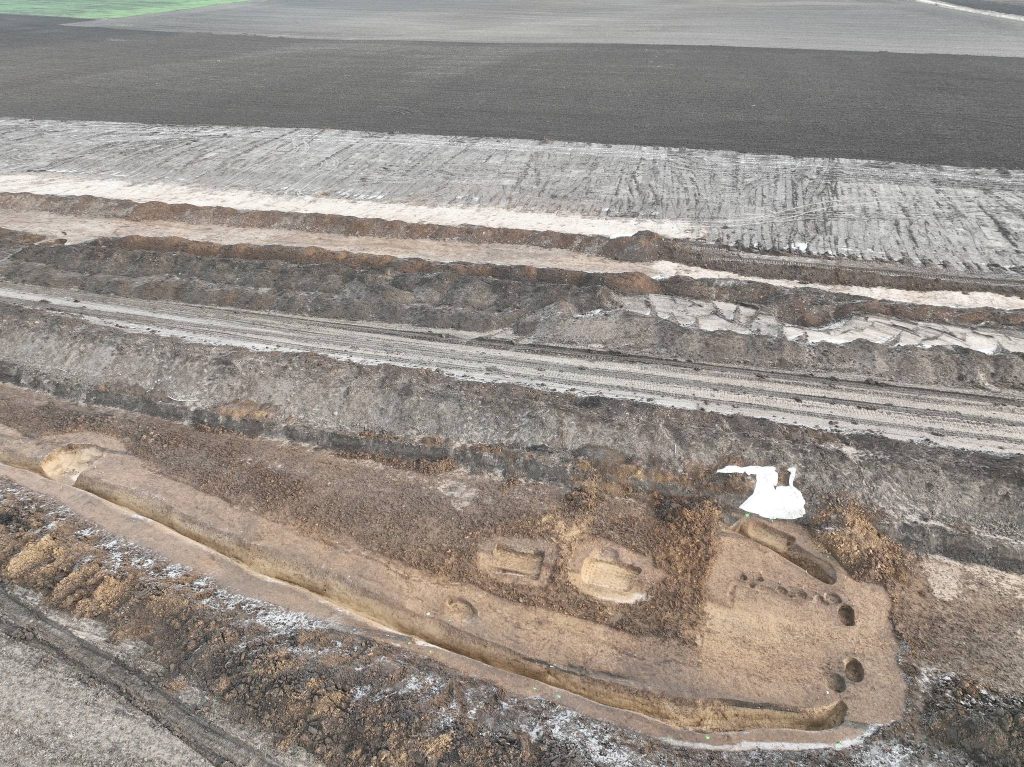
The mound dates to the Eneolithic period, the Huni Beaker culture (3800-3350 BC). For the first time in the Czech Republic, a mound containing burials from this period has been unearthed.
The mound is about 190 meters long and maximum 15 meters wide. The length of this groove and the mound in general is 190 meters, making it one of the tallest monuments of its kind in Central Europe.
As a rule, there should have been traces of an enclosure in these so-called post pits, but in the case of this mound this evidence has not yet been found.
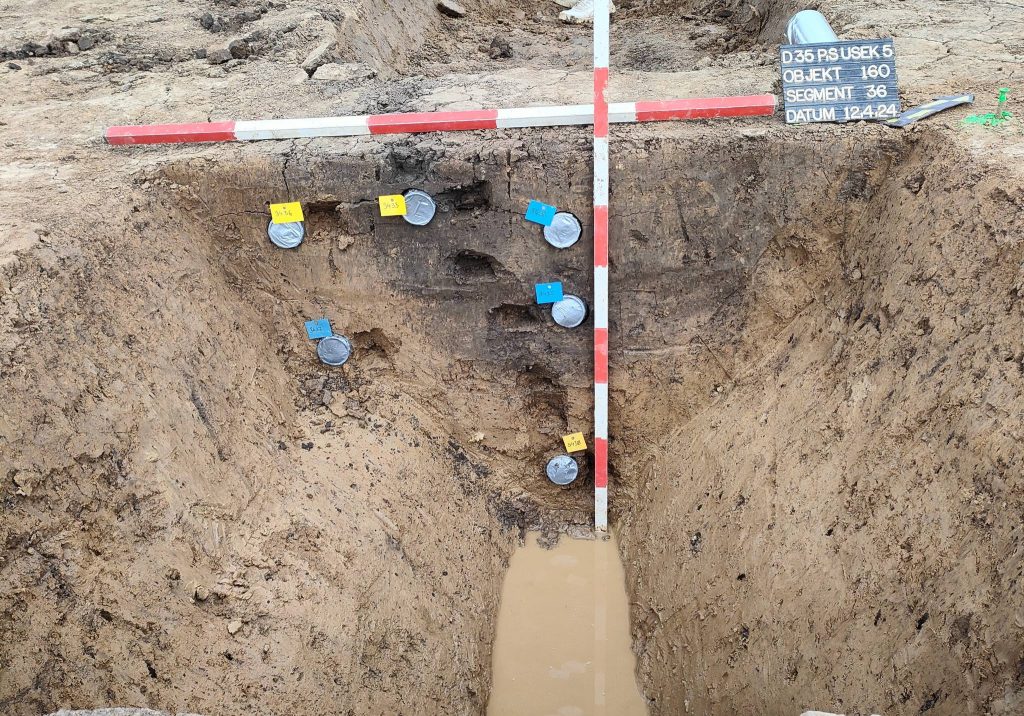
Preliminary work revealed two central burials and 28 additional graves.
The first central burial was a tomb with the internal structure of a burial pit with grooves on the long sides and post holes in the corners. The dead lay on the left side facing north. Pottery sherds were found next to the dead.
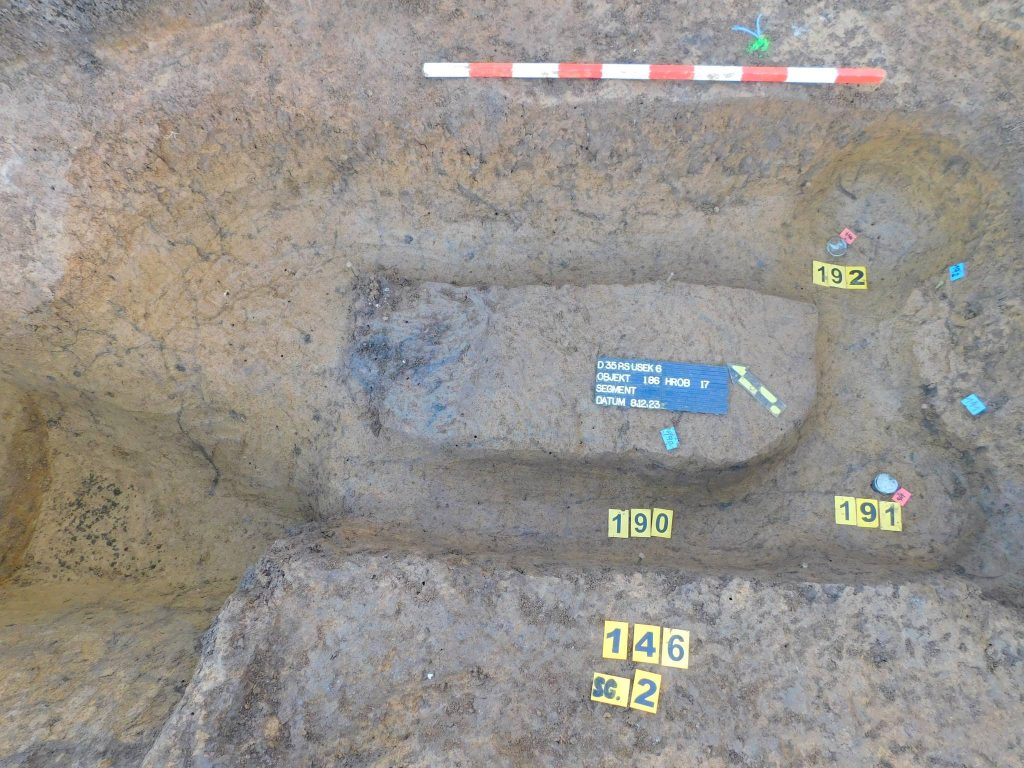
The second central tomb had no internal structure. The dead man was lying on his left side, facing north. Flint arrowheads and a knife were found inside the grave.
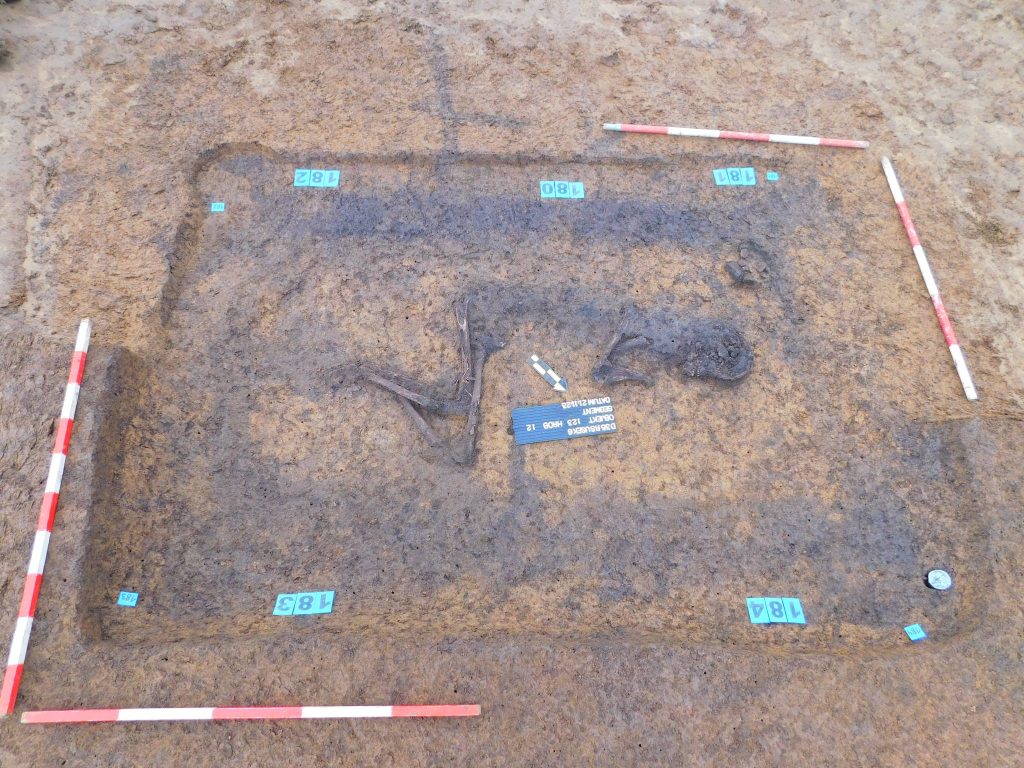
Archaeologists said the tomb had been disturbed by another structure. However, the absence of human bones means that the presence of human bones can be determined by phosphate analysis, which can detect the presence of human bones according to the degree of saturation of the soil with phosphates.
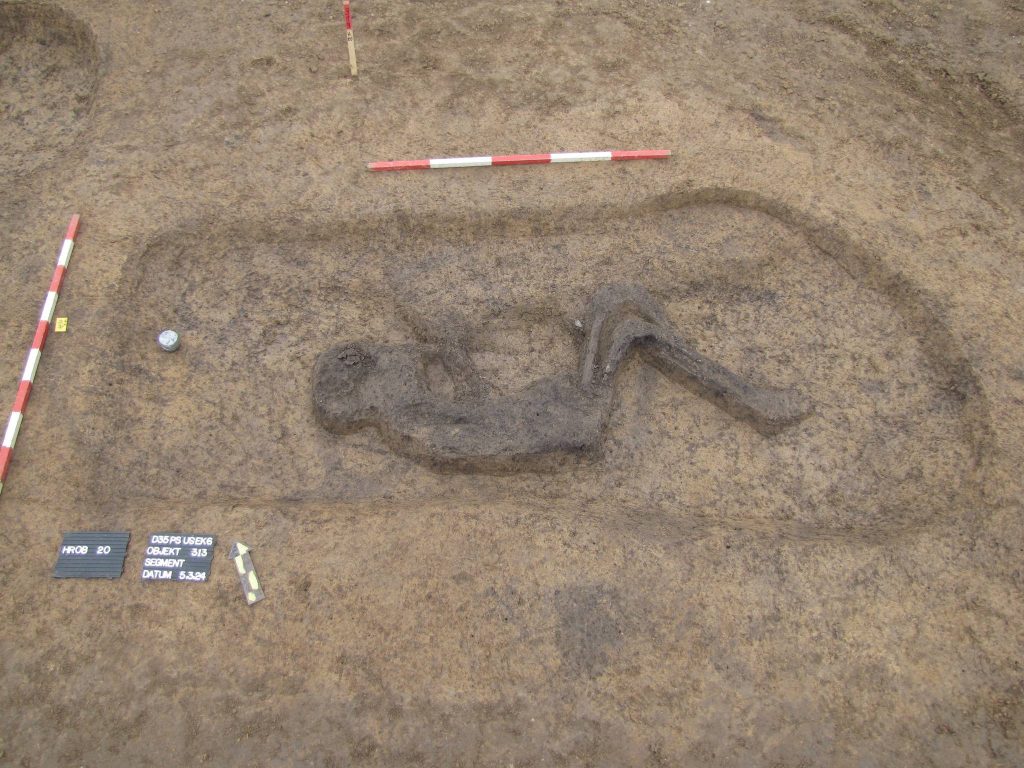
Another grave in the mound was buried in the mound shell, a grave with an internal structure, with post holes and grooves in the corners. Of the human remains, only fragments of the skull are poorly preserved.
Cover photo: Katedra archeologie UHK Department of Archaeology



